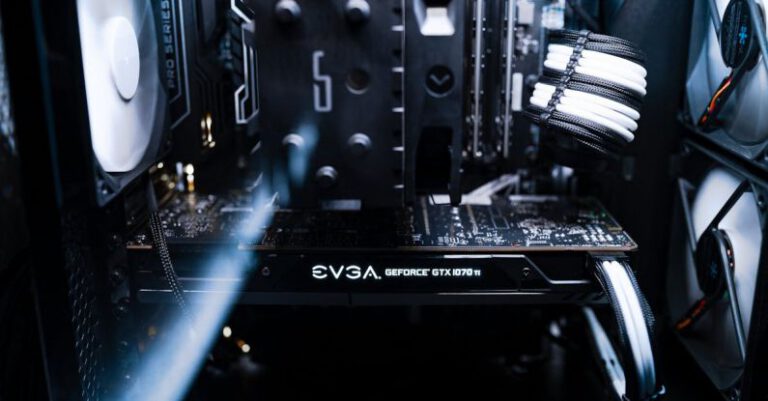What Are the Best Practices for Code Documentation

Writing code is an essential part of software development, but documenting that code is equally important. Good code documentation can make a significant difference in how efficiently a project is developed and maintained over time. In this article, we will explore the best practices for code documentation that every developer should follow to ensure clear, concise, and effective documentation.
### Use Clear and Consistent Naming Conventions
One of the fundamental principles of code documentation is using clear and consistent naming conventions for variables, functions, classes, and other elements in your code. Descriptive and meaningful names make it easier for other developers (and your future self) to understand the purpose and functionality of different parts of the codebase. Avoid using abbreviations or cryptic names that require additional explanations.
### Write Self-Explanatory Comments
Comments are a crucial aspect of code documentation, providing additional context and explanations for why certain code blocks are written in a particular way. However, comments should not state the obvious or duplicate what is already evident in the code. Instead, focus on explaining the why behind the code, especially for complex algorithms or non-intuitive solutions. Remember, comments should be self-explanatory and add value to the understanding of the code.
### Document Function Parameters and Return Values
When documenting functions or methods, make sure to include clear descriptions of the parameters they accept and the values they return. This information helps other developers know how to use the function correctly without having to dive into the implementation details. Clearly stating the expected input and output of a function can prevent errors and misunderstandings down the line.
### Include Examples and Use Cases
One effective way to enhance code documentation is by including examples and use cases that demonstrate how a particular function or module should be used. Providing real-world scenarios where the code is applicable can help developers grasp its purpose more easily. Additionally, examples can serve as a quick reference guide for using different parts of the codebase.
### Update Documentation Alongside Code Changes
Documentation should not be an afterthought or a one-time task. As you make changes to the code, ensure that the corresponding documentation is updated accordingly. Outdated or inaccurate documentation can lead to confusion and errors during development. By keeping the documentation in sync with the codebase, you maintain a reliable source of information for anyone working on the project.
### Use Documentation Tools and Templates
Utilizing documentation tools and templates can streamline the process of creating and maintaining code documentation. Tools like Javadoc, Doxygen, or Sphinx automate the generation of documentation from code comments, making it easier to keep the documentation consistent and up to date. Templates provide a structure for how different types of documentation should be formatted, ensuring a cohesive look and feel across the project.
### Seek Feedback and Review Documentation
Just like with code reviews, it is essential to seek feedback on your code documentation from peers or team members. Getting a fresh perspective can help identify areas where the documentation may be unclear or lacking important details. Collaborating on documentation also promotes knowledge sharing and ensures that everyone is on the same page regarding the project’s codebase.
### Rename Subheading and Write The Conclusion
In conclusion, effective code documentation is a critical aspect of software development that contributes to the maintainability, scalability, and overall quality of a project. By following the best practices outlined in this article—using clear naming conventions, writing self-explanatory comments, documenting function parameters, including examples, updating documentation regularly, utilizing tools and templates, and seeking feedback—you can create documentation that enhances the understanding and usability of your codebase. Remember, good documentation is not just a nice-to-have but a necessity for successful and collaborative software development.





